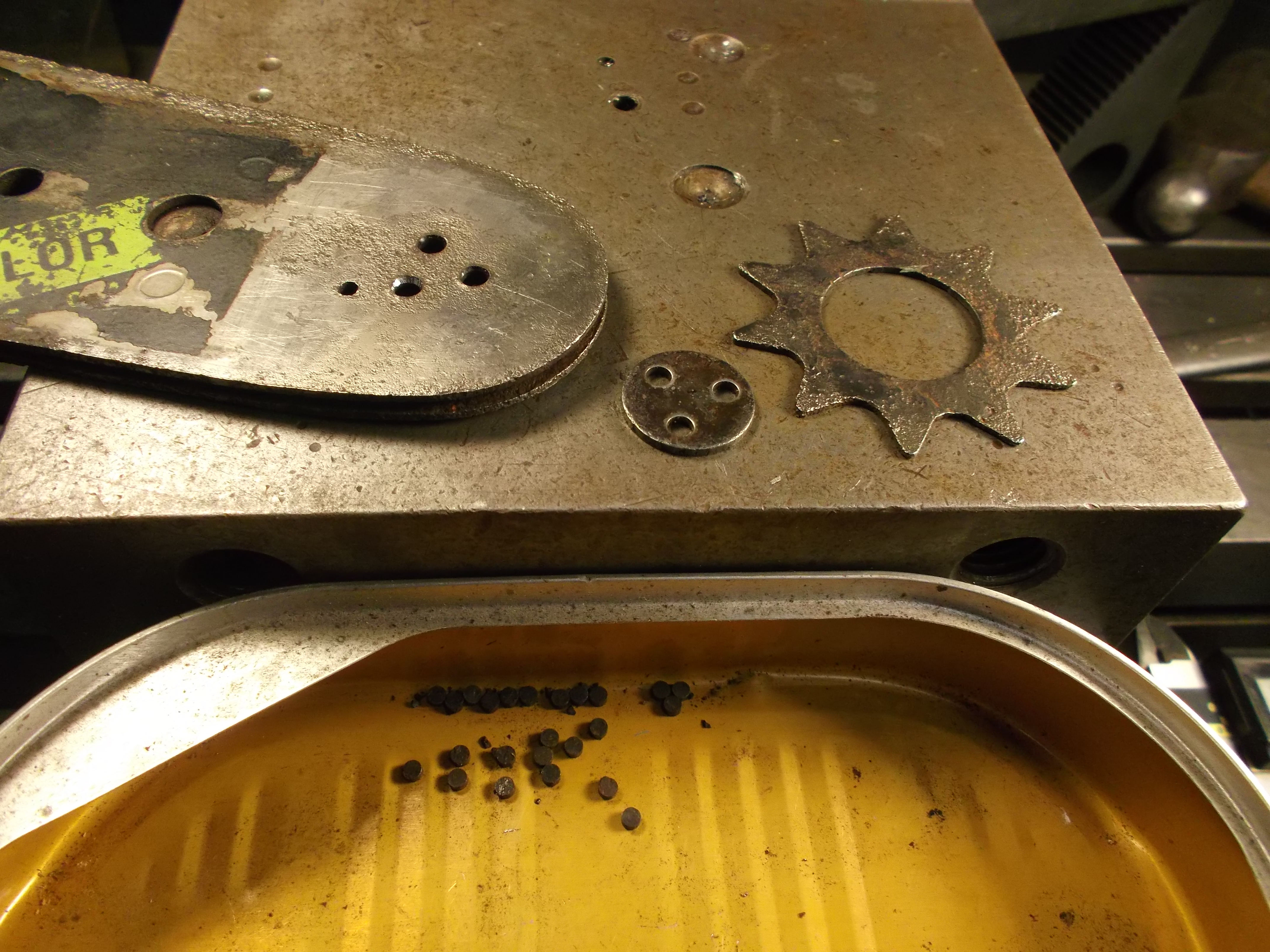apn73
ArboristSite Operative
Philbert, thanks again for posting over in my thread about the chainsaw incident. I finally have the storm damage all cleaned up and am now able to think about something else. I was looking at the sprocket tip on my Tsumura guide bar and it's got 4 rivets holding in the sprocket, and the dimpling on the rivets is very obvious on one side. I've never toyed with these before, in the absence of a chain breaker, what's the best and/or easiest way to take those rivets out? I've got basic hand tools, so no saw shop or machine shop at my disposal, at least not without having to pay for it.
Worst comes to worst, I've got a decent OPE about 8 miles from the house, and may have to buy replacement rivets from them anyway. Thanks in advance for any guidance that you can provide.
Best,
Worst comes to worst, I've got a decent OPE about 8 miles from the house, and may have to buy replacement rivets from them anyway. Thanks in advance for any guidance that you can provide.
Best,









